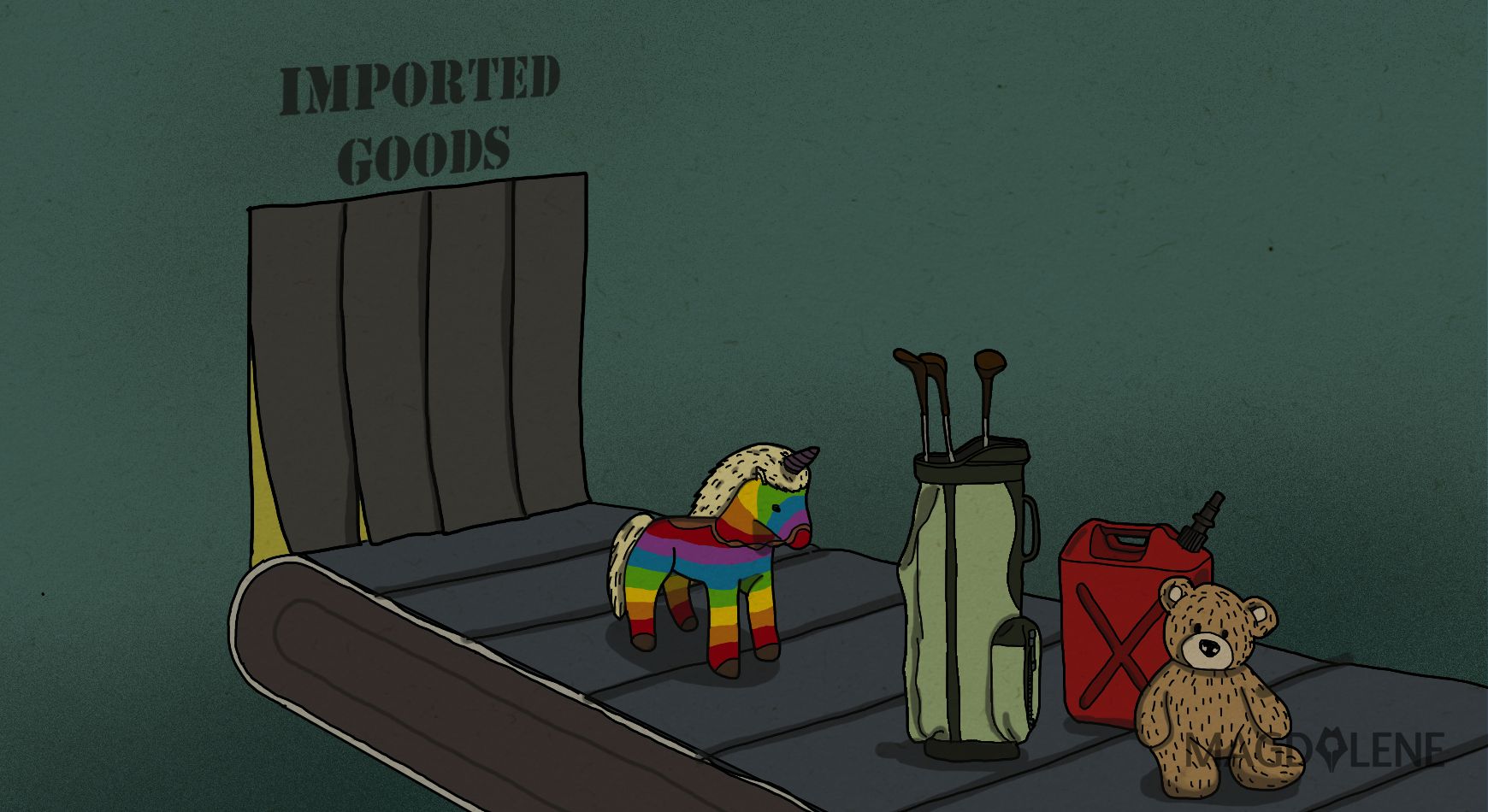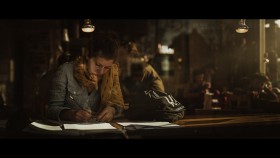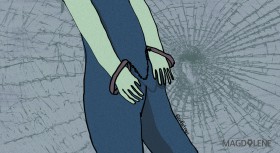Indonesia has a rich history of homosexuality and transgenderism, contrary to the predominant belief that they are western imports. This was the topic explored during a forum held on Aug. 15 by male feminist group, Aliansi Laki-laki Baru (ALB) or the New Men Alliance.
The forum is the 7th of ALB’s series of masculinity learning forum, highlighting the theme “LGBT and Morality”, which has become a prominent issue, following the United States’ recent decision to legalize same-sex marriage.
Speaking at the forum was University of Indonesia’s anthropologist Irwan M Hidayana, who argued that people should stop considering homosexuality and transgenderism as new and “foreign” concepts that came from the West, because Indonesia’s culture has long been acquainted with them before religious institutions exerted their strong influence in the country.
He cited the Bugis people of South Sulawesi who recognize five gender varieties as an example. The Bugis divide their society into male, female, transgender females, transgender males, and bissu or “gender transcendent”.
Similarly and in the same province, the Toraja people recognize a third gender or Burake, which is basically a transgender male or female. There were times when Bissu and Burake were highly revered and played important roles in their communities, leading spiritual ceremonies or harvest rituals. Villages that had a Burake were once admired and honored by other villages. Unfortunately, the tradition of Burake has largely faded away, or has been repressed, the culture forgotten.
Irwan said homosexuality has also long existed in Indonesian culture. Some tribes in the eastern highlands of Papua practiced ritualized homosexuality, for example, requiring young men to perform oral sex to elder males as part of their rites of passage to manhood. They believe that in order for boys to become real men, they must swallow another men’s semen, which is believed to be the source of life and the essence of masculinity.
In East Java, the traditional dance performance of Reog Ponorogo depicts intimate relationships between its two characters, warok and gemblak. As the main male dancer, warok must follow strict physical and spiritual rules and rituals. Among these is that a warok is prohibited from engaging in a sexual relationship with a woman. However, he is allowed to have an intimate relationship with young boys, which in the past performed the character gemblak (now they are performed by women). Although warok and gemblak engaged in homosexual acts, they did not identify themselves as homosexuals.
But all these rich and intricate traditions changed along with the arrival of colonialism and religions, which redefined the concept of gender and sexuality, Irwan said.
“It’s actually ridiculous to say that gender varieties came from the West,” he added.
Divine religions put strong emphasis on heterosexuality within marriage. Sex is considered a moral issue, so sex that happens outside marriage or is conducted by a non-heterosexual couple is considered immoral.
In the cultural context, religious hegemony may threaten local cultures and diversity because fundamentalism and dogmas are used as tools of power. Since Christianity came to Toraja, Burake no longer has a place in its society. As the result, transphobia has fueled discrimination, injustice, hatred, and even rape of transgender people.
In Java, many warok and gemblak performers were massacred by Islamic groups during the anti-communist killings of 1965 through 1966. Their heads were placed on pikes for public display. Nowadays, the warok-gemblak practice has been discouraged by local religious authorities and shunned by public.
Irwan said in the Victorian age, colonial governments introduced their guidebooks for marriage to their colonies. The Dutch brought theirs to Indonesia.
“Colonial countries like Holland, England, France and Spain brought Christian morality when it comes to sexuality. One of their main concerns is that sexual act should not only be heterosexual, but also monogamous under eligible marriage. This is what we call ‘heteronormativity’,” Irwan added.
Idealizing heteronormativity as moral is patriarchal in nature and has led to the creation of a certain male hierarchy, he said. Under this patriarchal hierarchy, males are divided into several categories based on these terms and conditions of masculinity:
Rank 1: A heterosexual man, married, able to produce children, and successful
Rank 2: A heterosexual man, married, successful, but isn’t able to produce children
Rank 3: A heterosexual man, successful, not married
Rank 4: A heterosexual man, unsuccessful, not married
Rank 5: A transgender man, successful
Rank 6: A transgender man, unsuccessful
Heteronormativity and this hierarchy have thickened the line between heterosexuals and the LGBTIQ (lesbian, gay, bisexual, transgender, intersex and questioning) people and given rise to homophobia and transphobia.
“One of the challenges for heterosexual men is that when we say we support LGBTIQ, people would response with, ‘Why? Are you a homosexual?’” Irwan said.
“According to a theory, masculinity is about a man competing with other men. For instance, when a group of men are mocking LGBTIQ people, the only person in the group who actually supports LGBTIQ may stay silent and just follow along with the rest of the group, as he fears saying something may compromise his masculinity,” he said.
At the end of the day, LGBTIQ is a biological phenomenon. Studies show that sex chromosomes are not just XX and XY, but there are also many other varieties, which is why we can no longer deny the existence of sexuality and gender diversity.
Ensuring LGBTIQ people have equal rights as their heterosexual counterparts is the responsibility of all of us, including religious institutions.
Said Irwan: “If religious institutions cannot take on a more contextual approach, and if they keep discriminating and oppressing people, sooner or later they will be left behind.”
What is modern fatherhood? Read this piece.








Comments